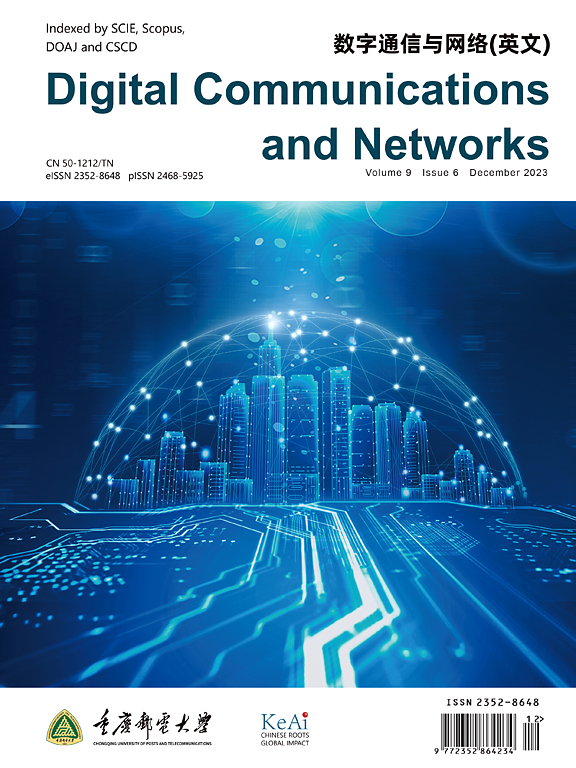Content-aware robust semantic transmission of images over wireless channels with GANs
IF 7.5
2区 计算机科学
Q1 TELECOMMUNICATIONS
引用次数: 0
Abstract
Semantic Communication (SemCom) can significantly reduce the transmitted data volume and keep robustness. Task-oriented SemCom of images aims to convey the implicit meaning of source messages correctly, rather than achieving precise bit-by-bit reconstruction. Existing image SemCom systems directly perform semantic encoding and decoding on the entire image, which has not considered the correlation between image content and downstream tasks or the adaptability to channel noise. To this end, we propose a content-aware robust SemCom framework for image transmission based on Generative Adversarial Networks (GANs). Specifically, the accurate semantics of the image are extracted by the semantic encoder, and divided into two parts for different downstream tasks: Regions of Interest (ROI) and Regions of Non-Interest (RONI). By reducing the quantization accuracy of RONI, the amount of transmitted data volume is reduced significantly. During the transmission process of semantics, a Signal-to-Noise Ratio (SNR) is randomly initialized, enabling the model to learn the average noise distribution. The experimental results demonstrate that by reducing the quantization level of RONI, transmitted data volume is reduced up to 60.53% compared to using globally consistent quantization while maintaining comparable performance to existing methods in downstream semantic segmentation tasks. Moreover, our model exhibits increased robustness with variable SNRs.
基于gan的无线信道图像内容感知鲁棒语义传输
语义通信(SemCom)可以显著减少传输数据量并保持鲁棒性。面向任务的图像SemCom的目的是正确传达源消息的隐含意义,而不是实现精确的逐位重构。现有的图像SemCom系统直接对整个图像进行语义编码和解码,没有考虑图像内容与下游任务之间的相关性以及对信道噪声的适应性。为此,我们提出了一种基于生成对抗网络(GANs)的内容感知鲁棒SemCom图像传输框架。具体而言,通过语义编码器提取图像的准确语义,并将其分为两部分,分别用于不同的下游任务:感兴趣区域(ROI)和非感兴趣区域(RONI)。通过降低RONI的量化精度,可以显著减少传输的数据量。在语义传递过程中,随机初始化信噪比(SNR),使模型能够学习平均噪声分布。实验结果表明,与使用全局一致量化相比,通过降低RONI的量化水平,传输数据量减少了60.53%,同时在下游语义分割任务中保持了与现有方法相当的性能。此外,我们的模型在可变信噪比下表现出更高的鲁棒性。
本文章由计算机程序翻译,如有差异,请以英文原文为准。
求助全文
约1分钟内获得全文
求助全文
来源期刊

Digital Communications and Networks
Computer Science-Hardware and Architecture
CiteScore
12.80
自引率
5.10%
发文量
915
审稿时长
30 weeks
期刊介绍:
Digital Communications and Networks is a prestigious journal that emphasizes on communication systems and networks. We publish only top-notch original articles and authoritative reviews, which undergo rigorous peer-review. We are proud to announce that all our articles are fully Open Access and can be accessed on ScienceDirect. Our journal is recognized and indexed by eminent databases such as the Science Citation Index Expanded (SCIE) and Scopus.
In addition to regular articles, we may also consider exceptional conference papers that have been significantly expanded. Furthermore, we periodically release special issues that focus on specific aspects of the field.
In conclusion, Digital Communications and Networks is a leading journal that guarantees exceptional quality and accessibility for researchers and scholars in the field of communication systems and networks.
 求助内容:
求助内容: 应助结果提醒方式:
应助结果提醒方式:


